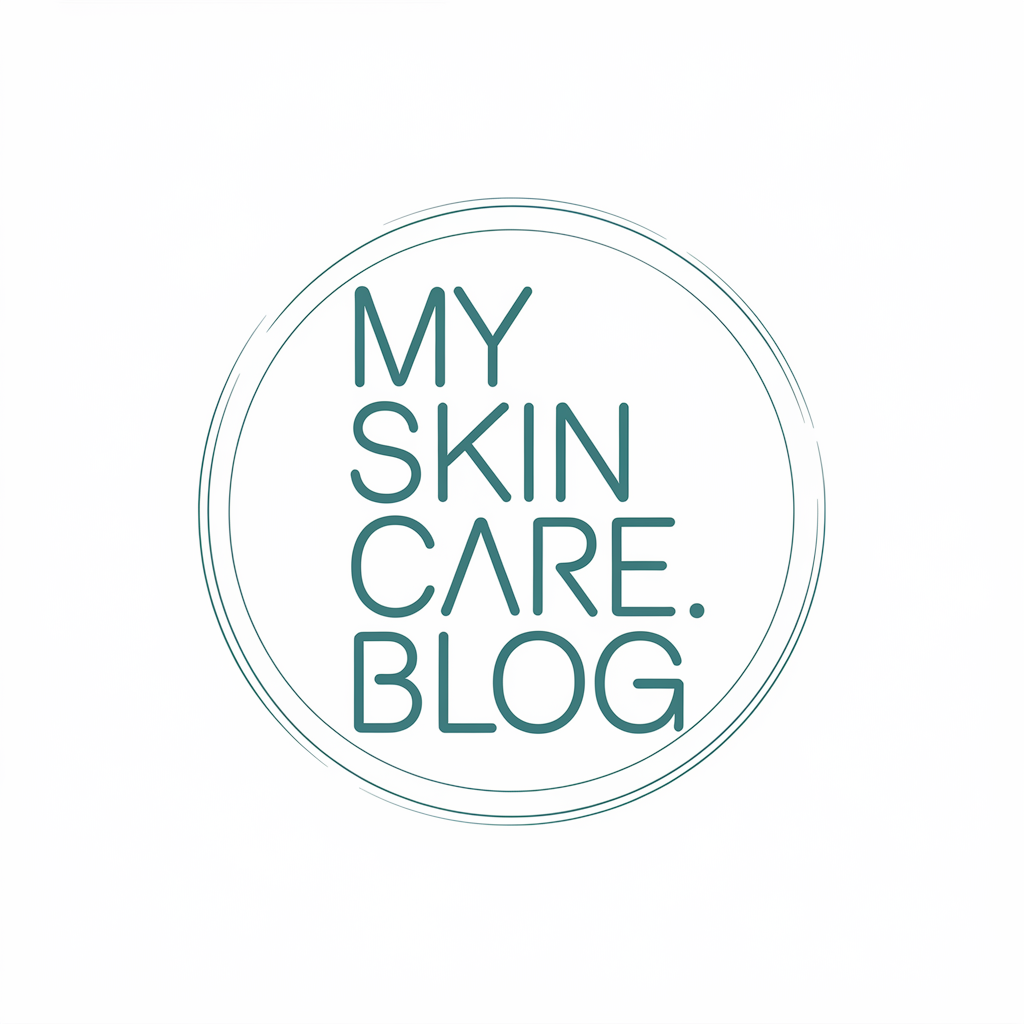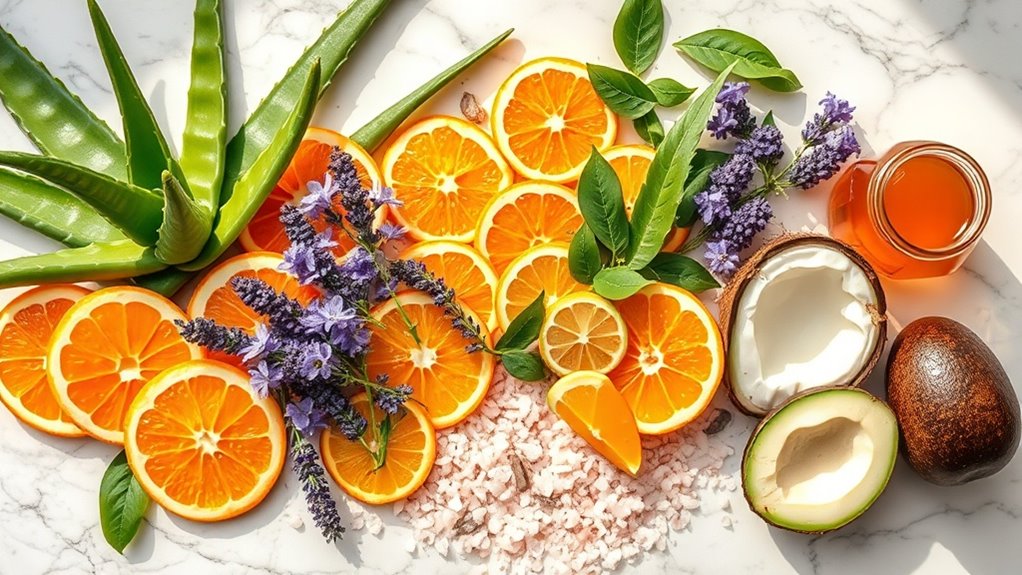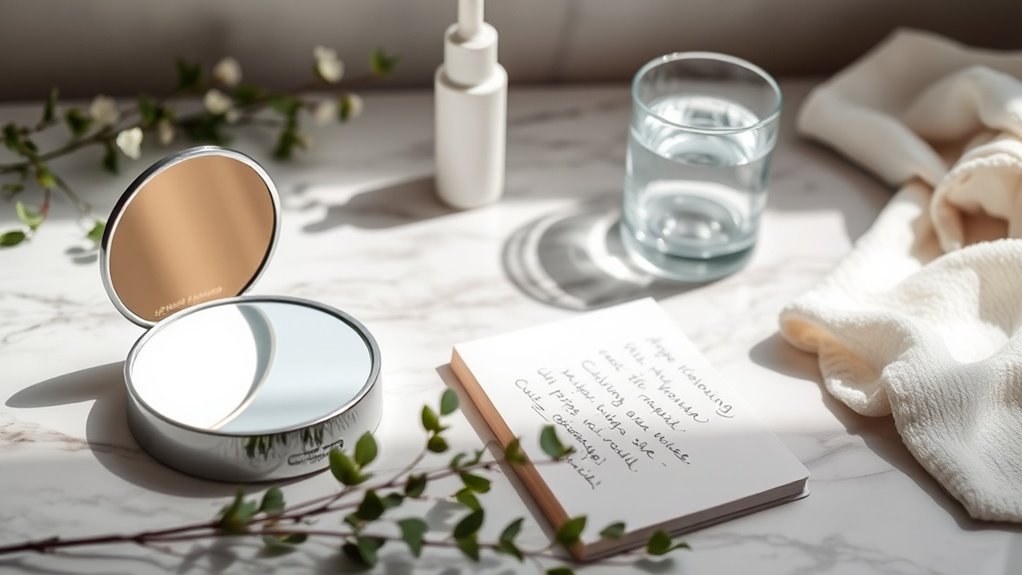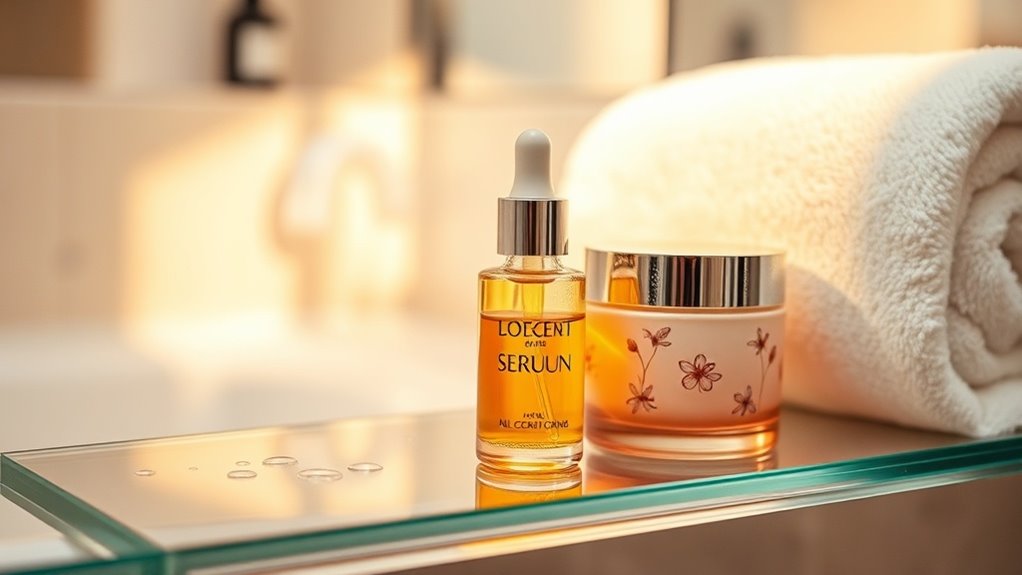The Secret to Identifying Your Skin Type That Experts Won’t Tell You!
Identifying your skin type can feel overwhelming, but it doesn’t have to be. By observing your skin’s reactions and using simple tools, you can uncover what your skin truly needs. Many experts overlook these straightforward methods, leaving you in the dark. Curious about how to make these observations work for you? Stick around, and you’ll discover practical techniques that can change your skincare game for the better.
Understanding the Basics of Skin Types
When you’re trying to figure out your skin type, understanding the basics is essential. Knowing whether your skin is oily, dry, combination, or sensitive can help you choose the right products and routines.
A simple skin type test can guide you in this journey. Start by cleansing your face and leaving it bare for a few hours. Observe how your skin feels during this time.
If it feels tight and flaky, you likely have dry skin. If it shines in certain areas, you might’ve oily skin. A mix of both indicates combination skin.
And if your skin reacts easily to products or environmental changes, sensitivity could be your issue. Remember, there’s no one-size-fits-all approach, and discovering your skin type allows you to connect with others who share similar experiences. Additionally, understanding professional techniques for skin type identification can further enhance your skincare routine.
You’re not alone in this quest for healthy skin!
Essential Tools for Skin Type Testing
Understanding your skin type is just the beginning; having the right tools can make the testing process more accurate and insightful.
Start with a gentle cleanser to remove any makeup and impurities. This way, you’ll get a clear view of how your skin behaves in its natural state.
Next, grab some blotting papers; they’re fantastic for assessing oiliness. Simply press one onto your skin and see how much oil it picks up.
A magnifying mirror can help you notice subtle texture differences, while a pH strip can determine your skin’s acidity, offering clues about its hydration level.
Lastly, keep a journal to track your skin’s reactions to products and environmental changes. This way, you’ll create a comprehensive picture over time. Additionally, knowing your skin type is crucial for selecting appropriate products that cater to your unique needs and concerns.
With these essential tools, you’ll feel more confident in understanding your skin and its unique needs—because you truly belong in a community that values self-care!
At-Home Testing Methods You Haven’t Tried
There are plenty of at-home testing methods you mightn’t have tried yet that can reveal valuable insights about your skin type.
One simple method is the tissue test. Just press a clean tissue to your face after a few hours of being product-free. If the tissue picks up oil, you might’ve oily skin; if it stays dry, you could be dry or normal.
Another option is the water test. Apply a few drops of water on your skin. If it absorbs quickly, your skin may be dehydrated; if it beads up, you likely have oily skin.
Lastly, consider the elastic test: gently pinch a small section of your cheek. If it bounces back quickly, you’ve got youthful skin; if it takes time to return, it may indicate aging or dryness.
Additionally, understanding dehydrated skin can help you recognize when your skin needs more hydration and care. These methods can help you feel more connected to your skin’s unique needs.
Common Myths About Skin Types Debunked
Although many people believe they know their skin type, several common myths can lead to confusion and misinformed choices.
One prevalent myth is that oily skin doesn’t need moisturizer. In reality, all skin types benefit from hydration; skipping moisturizer can worsen oiliness.
Another misconception is that dry skin is only a winter problem. In truth, it can occur year-round, often influenced by factors like diet and stress.
You might also think that all acne stems from oily skin, but even dry or combination skin can break out due to clogged pores or hormonal changes.
Lastly, many assume skin type never changes. However, your skin can evolve due to aging, lifestyle, and environmental factors.
Additionally, using harsh treatment products can exacerbate acne, making it crucial to adopt a gentle skincare routine that supports healing without compromising the skin barrier.
By debunking these myths, you can make better choices that truly cater to your skin’s unique needs.
Expert Tips for Accurate Identification
To accurately identify your skin type, start by observing how your skin behaves throughout the day. Notice if it feels oily, dry, or balanced.
In the morning, cleanse your face and wait for an hour. If you see shine on your forehead and nose, you might’ve oily skin. If it feels tight or flaky, you likely have dry skin.
Next, consider your pores. Large pores often indicate oily skin, while smaller pores suggest dryness.
Also, pay attention to sensitivity. If your skin reacts easily to products or environmental changes, you might’ve combination or sensitive skin.
Finally, keep a journal for a week, noting how your skin feels in different conditions. This will help you recognize patterns. Additionally, be mindful of proper cleansing techniques as they can significantly impact your skin’s overall health.
Tailoring Your Skincare Routine to Your Skin Type
Once you’ve identified your skin type, it’s time to tailor your skincare routine accordingly.
This personalization helps you achieve that healthy, glowing complexion you crave.
Start by incorporating products that specifically cater to your needs. Here are some tips to guide you:
-
Hydration for Dry Skin: Use rich moisturizers and hydrating serums.
-
Balancing for Oily Skin: Opt for oil-free, non-comedogenic formulas to prevent breakouts.
-
Gentle Care for Sensitive Skin: Choose fragrance-free and hypoallergenic products to avoid irritation.
-
Exfoliation for Combination Skin: Use gentle exfoliants to balance both oily and dry areas.
-
Targeted Treatments for Acne-Prone Skin: Look for salicylic acid or benzoyl peroxide to manage breakouts.
In addition, understanding your skin type can help you implement effective techniques to control excess sebum production and improve overall skin health.





